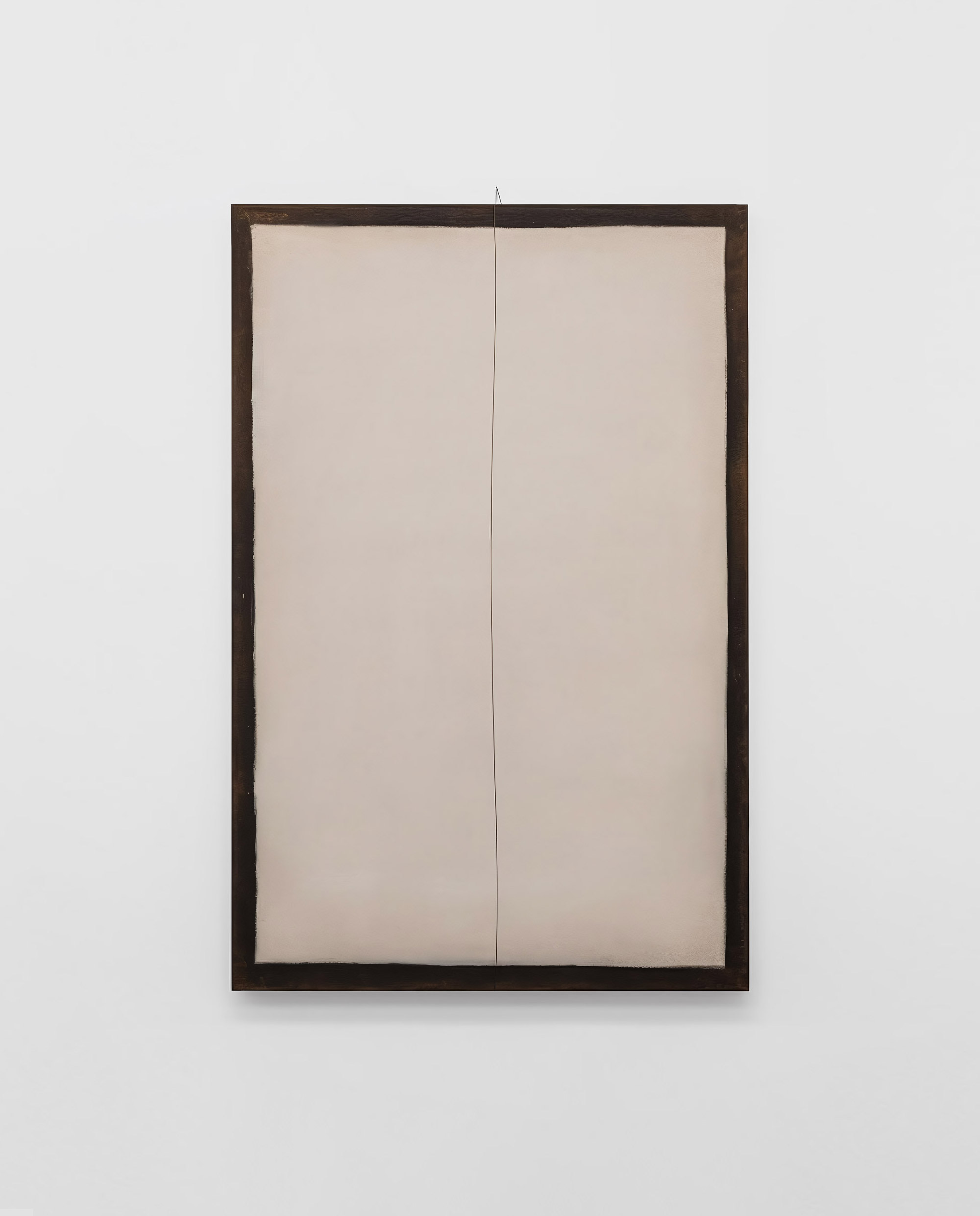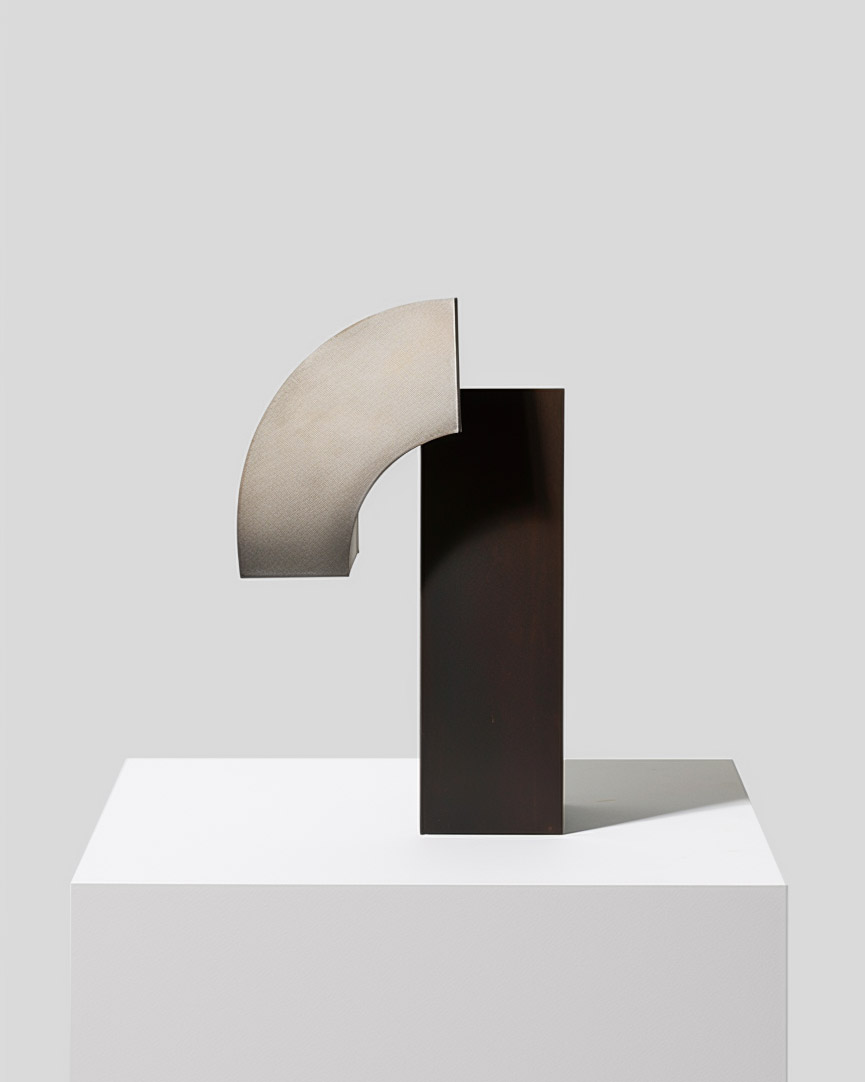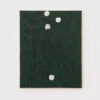Is there an objective, biological basis for the experience of beauty in art? Or is the experience of aesthetics entirely subjective? For centuries, this question of what beauty actually is and how it is perceived in art has fascinated us. I, too, have written several essays on this question. An interesting study provides inspiring insights.
The study focused on viewers unfamiliar with art who looked at Classical and Renaissance sculptures. Images of original sculptures as well as altered versions were shown. Using functional magnetic resonance imaging (fMRI), the researchers measured the activity of individual brain regions while viewing the artworks. The participants were asked to simply look at the images, evaluate their beauty, and judge the proportions.
It turned out that certain areas in our brain (more precisely, the right insula) are activated when they looked at the original sculptures. This activation was particularly strong when the viewers simply looked at the artworks as if they were in a museum. Interestingly, when the images were perceived as beautiful, certain areas of the brain were activated (right amygdala), in contrast to the images perceived as ugly, when the viewers were asked to express their opinion on the beauty of the images.


From this, the researchers conclude that our perception of beauty is influenced by two different processes in our brain: First, there is an objective evaluation that is recognized by certain areas of the brain when we pay attention to certain features in the artworks. On the other hand, there is a subjective evaluation, which is determined by our own emotional experiences and also activates certain brain areas.
This means that the evaluation of aesthetics and art is thus determined by this interplay of objective and subjective criteria. The objective criteria could possibly vary throughout human history, while the subjective criteria are influenced by historical and personal experiences.
This revealing insight into how our brains work when viewing art shows us that beauty is far more than just a concept – it is actually deeply rooted in our biology.
Further reading
https://journals.plos.org/plosone/article?id=10.1371/journal.pone.0001201
Original Publication
Di Dio C, Macaluso E, Rizzolatti G (2007) The Golden Beauty: Brain Response to Classical and Renaissance Sculptures. PLoS ONE 2(11): e1201. https://doi.org/10.1371/journal.pone.0001201 © 2007 Di Dio et al.


